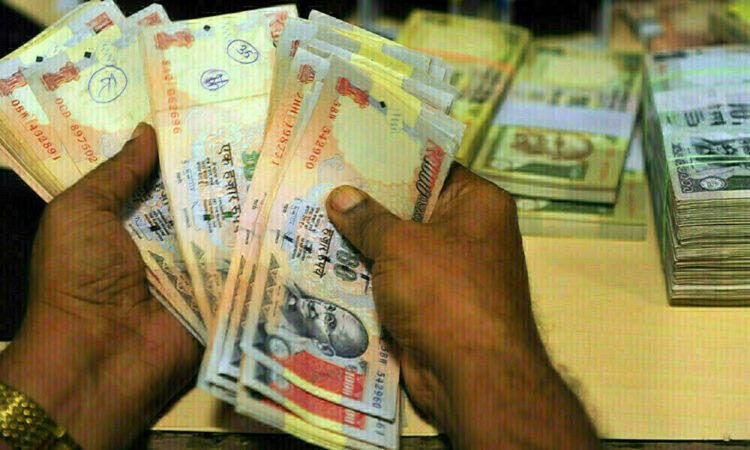India is withdrawing its highest-value currency note from circulation, giving consumers and businesses four months to exchange or deposit the legal tender, in a move reminiscent of the 2016 demonetization shock. But what India’s removal of ₹ 2000 notes means for the economy?
The Reserve Bank of India announced the move late Friday, saying the 2,000 rupee ($24) notes had reached the end of their estimated life span. Despite the fact that these banknotes represent only about a tenth of the total currency in circulation, the RBI decision sparked confusion and memes on social media, while local newspapers reported a rush to jewelry shops to exchange notes for gold.
The recent action, however, is a far cry from 2016, when 86% of the country’s currency was invalidated overnight, causing panicked citizens to line up at banks and ATM machines across the country. There were reports of dozens of people collapsing or even dying while waiting in lines for hours on end.
What India’s removal of ₹ 2000 notes means for the economy?
After Prime Minister Narendra Modi demonetized the 500 and 1,000 rupee notes in 2016, the central bank issued the 2,000 rupee bill to replenish the currency notes in circulation.
The printing of the notes, the largest denomination currency in use, was halted in 2018-2019 as larger quantities of other denominations became available and a shift to digital transactions occurred. The banknote was frequently hoarded, and high-quality counterfeits were reported to be in circulation.
The announcement of demonetization in 2016 came just weeks before a key state election, and it was interpreted by Modi’s critics and opposition parties as a crackdown on political rivals’ spending. This time, at least five major state elections are scheduled for the end of the year, and India will hold a national election next summer.
The central bank has previously stated that cash in circulation tends to rise around election time. Because of its higher denomination, the 2,000 rupee note is frequently preferred for black or unaccounted money transactions and corruption.
What happens to consumers?
Unlike in 2016, when the announcement led to chaos, analysts believe this time the impact will be muted. “We see no panic but a lot will depend on how prepared the banks are to deal with the crowd,” said Yuvika Singhal, an economist at QuantEco Research.
The central bank has advised people to deposit or exchange these notes by September 30, unlike seven years ago when 500 and 1,000 rupee notes ceased to have value overnight. There’s also no daily limit on the amount that can be exchanged.
How about businesses?
Consumers are likely to spend their 2,000 rupee notes on high-value household items, precious metals, and even real estate, boosting these sectors and supporting consumption in Asia’s third-largest economy for the time being.
People’s reluctance to reveal their likely unaccounted cash may result in an “initial surge in conspicuous spending,” according to Samiran Chakraborty, an economist at Standard Chartered Bank.
On the other hand, cash-oriented sectors, such as small retailers and manufacturers, may be hesitant to accept these notes due to the hassle of having to swap them later, according to DBS Bank’s Radhika Rao. However, she added, the disruption is unlikely to be “prolonged” because the notes are still legal tender.
The increased liquidity will relieve some of the pressure on Indian lenders to raise deposit rates in order to meet rising credit demand. Despite the RBI raising benchmark rates by 250 basis points since May of last year, banks have reported double-digit credit growth in recent months as firms ramped up activity to meet rising domestic demand.
Economists from QuantEco Research and Kotak Mahindra Bank Ltd estimate that up to 1 trillion rupees ($12.1 billion) could be added to the financial system, causing the rupee and government securities to rise.
Also read: India responds as China opposes G20 meeting in Kashmir
